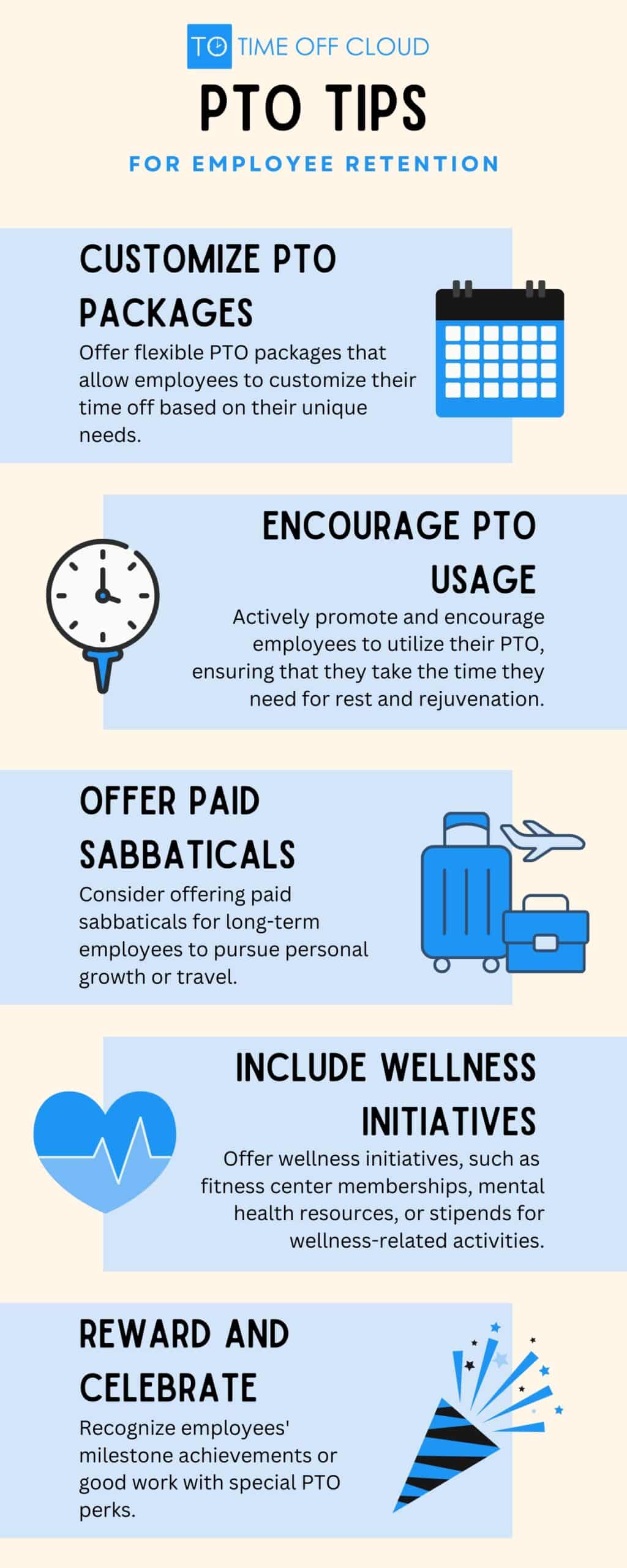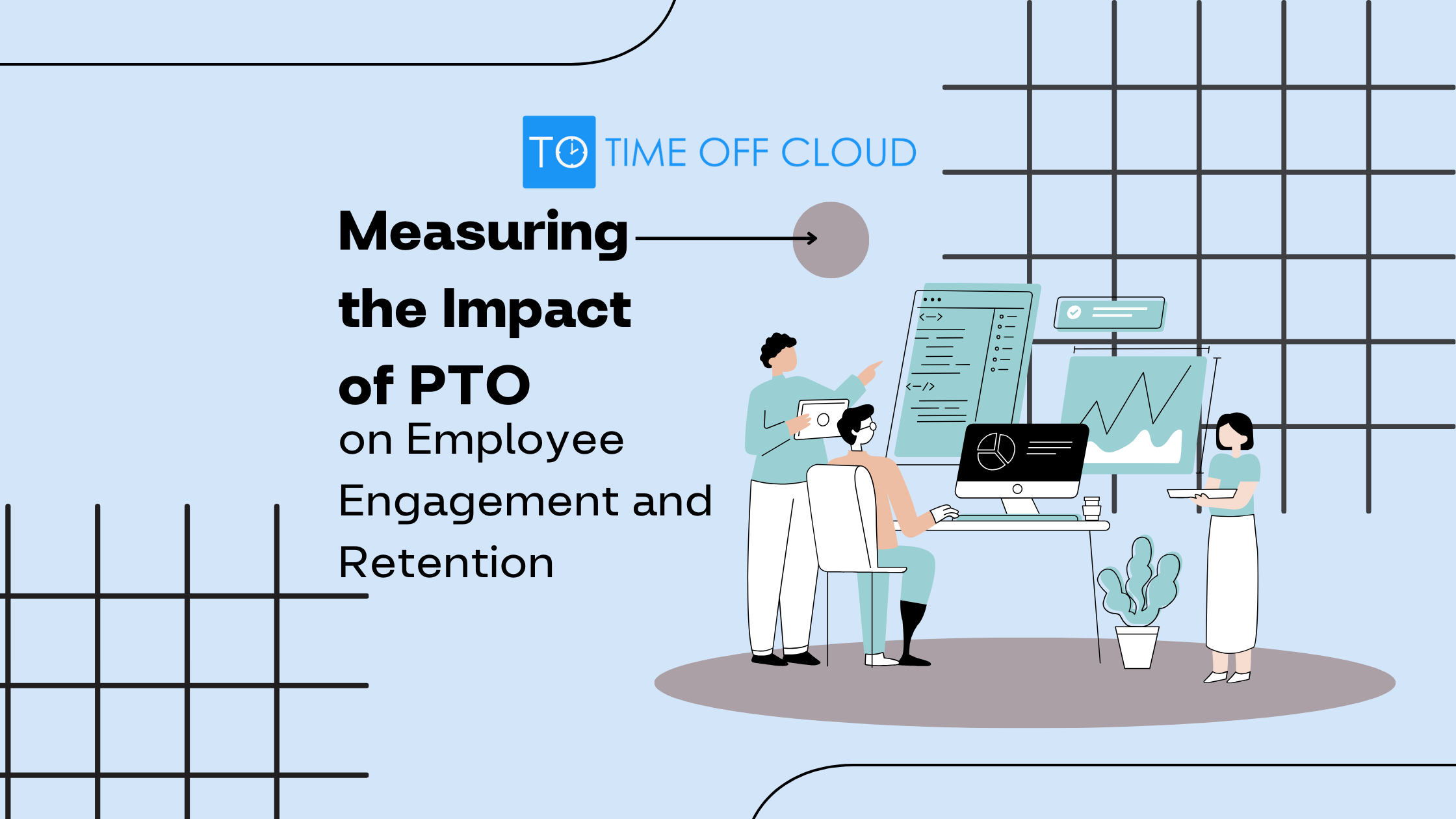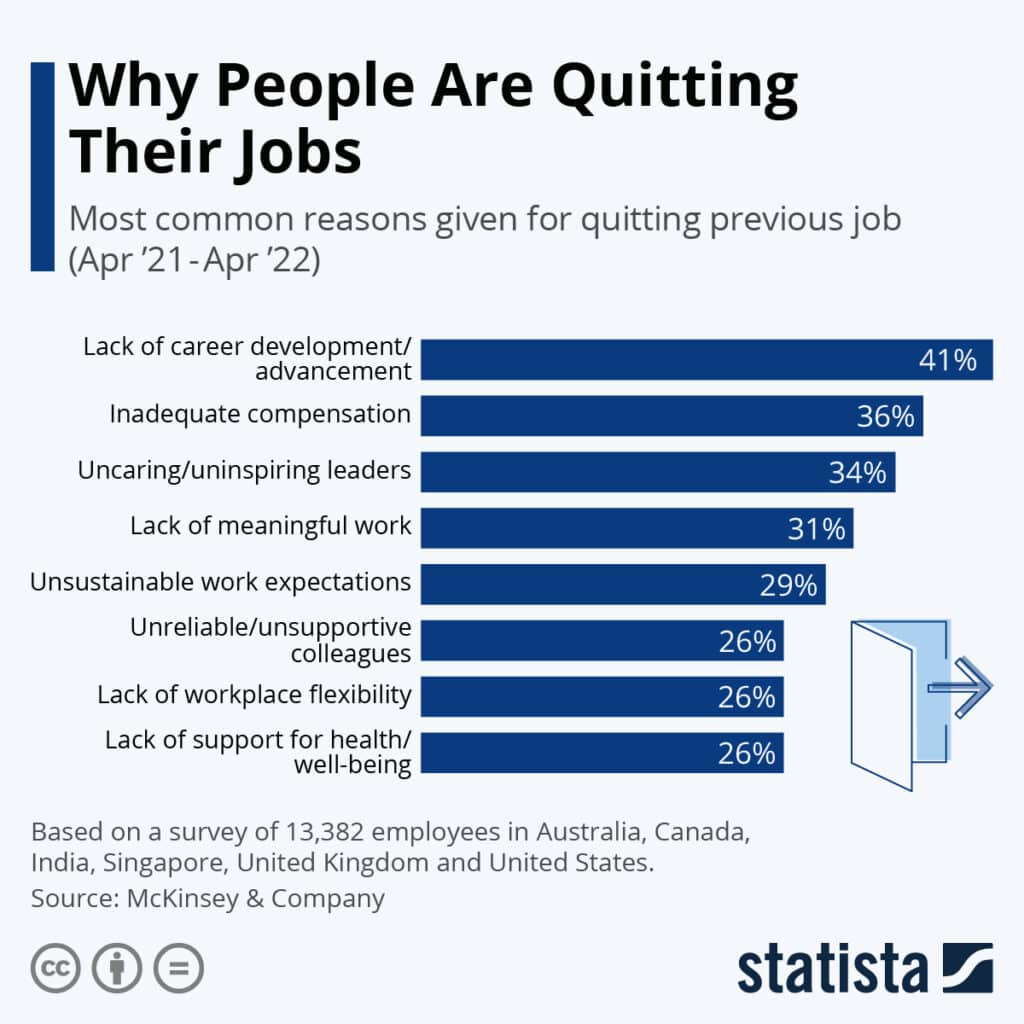In any competitive job market, attracting and retaining top talent is a priority. Employee engagement and retention are critical factors in achieving this goal, and one often-overlooked aspect of this equation is paid time off (PTO). In this post, we’ll explore the critical impact that PTO policies can have on both employee engagement and retention.
The Link Between PTO and Employee Engagement: Understanding the Relationship
Employee engagement is more than just a buzzword; it’s a vital component of a healthy and productive workplace. PTO plays a significant role in fostering employee engagement by providing individuals with the time and flexibility they need to recharge and maintain a work-life balance. Studies show that engaged employees are more committed to their jobs and contribute more effectively to their organizations.
Consider the statistics: Companies with well-planned PTO policies report higher levels of job satisfaction among their employees. This translates into improved morale, productivity, and overall job performance. When employees feel that their employers value their well-being, they are more likely to be engaged and dedicated to their work.
A recent study by McKinsey & Company illustrated in the chart below shows that lack of flexibility and lack of support for health and well-being are major reasons employees quit their jobs:
Companies that prioritize employee well-being and offer robust PTO policies are poised to retain top talent and maintain a competitive edge in the job market.
The Role of Mental Health
PTO also has a profound impact on employees’ mental health. High levels of workplace stress can lead to burnout and decreased productivity. PTO provides a much-needed opportunity for employees to relax and recharge, reducing stress levels and promoting mental well-being.
According to Bankrate, nearly one in three Americans reports that work negatively affects their mental health, resulting in symptoms such as anxiety and stress. Research by the Society for Human Resource Management highlights the health benefits of taking vacation time, including improved productivity, reduced stress levels, and better mental health outcomes.
Furthermore, excessive work hours can have dire consequences for employee health. The World Health Organization asserts that working 55 hours or more a week is associated with a 35% higher risk of stroke and a 17% higher risk of dying from heart disease compared to a standard workweek of 35 to 40 hours. This data emphasizes the urgent need for organizations to prioritize employee well-being, including the provision of adequate PTO.Top of Form
PTO as a Retention Strategy
Attracting and Keeping Talent
Competitive PTO policies can be a powerful tool for attracting top talent. The vast majority of modern candidates seriously consider PTO benefits when evaluating potential employers.
Additionally, a robust PTO policy can positively impact an organization’s employer brand. According to a study by Statista, 72% of job candidates consider work-life balance to be a major factor in choosing a new workplace. When prospective employees see that a company values work-life balance and employee well-being, they are more likely to view the company as an attractive place to work.
PTO Tips for Retaining Employees
While competitive PTO policies are essential, going the extra mile can make a significant difference in retaining employees:
1. Tailored PTO Packages:
- Recognize that one size doesn’t fit all. Offer flexible PTO packages that allow employees to customize their time off based on their unique needs. This might include options for personal days, family leave, or sabbaticals.
2. Encourage PTO Usage:
- Actively promote and encourage employees to utilize their PTO. Implement policies that discourage stockpiling of unused leave, ensuring that employees take the time they need for rest and rejuvenation.
3. Paid Sabbaticals:
- Consider offering paid sabbaticals for long-term employees. This not only rewards loyalty but also gives employees extended time off to pursue personal growth or travel, fostering a sense of appreciation.
4. Wellness Initiatives:
- Go beyond the basics by including wellness initiatives within your PTO benefits. This could involve partnerships with fitness centers, mental health resources, or offering stipends for wellness-related activities during time off.
5. Recognition and Celebration:
- Recognize employees’ milestone achievements or good work with special PTO perks. For example, commemorate work anniversaries with extra days off as a token of appreciation for their dedication.

The Impact on Long-Term Commitment
Retaining experienced employees is cost-effective and beneficial for an organization’s stability. Generous PTO policies can foster long-term employee commitment by demonstrating that the company values its workforce and understands the importance of work-life balance.
Consider the cost savings associated with retaining experienced employees who are familiar with the company’s processes and culture. Investing in their well-being through comprehensive PTO benefits is not only a retention strategy but also a smart business move.
Measuring the Impact of PTO
Key Metrics to Evaluate
When evaluating the impact of PTO on employee engagement and retention, organizations should focus on specific key performance indicators (KPIs) to gain actionable insights:
1. Employee Satisfaction Score (ESAT):
- Administer regular surveys to gauge employee satisfaction with PTO policies. Calculate an Employee Satisfaction Score to track changes over time and identify areas for improvement.
2. Retention Rate:
- Monitor the percentage of employees who remain with the organization after taking PTO. A high retention rate among those who use their allocated time off indicates the effectiveness of your PTO policies in retaining talent.
3. Exit Interviews Insights:
- Analyze feedback from exit interviews to identify if dissatisfaction with PTO policies played a role in employee departures. Addressing such issues can help improve retention.
4. Recruitment Metrics:
- Measure the impact of your PTO policies on recruitment efforts. Track the number of candidates who mention PTO benefits as a key reason for applying or accepting job offers.
5. Cost-Benefit Analysis:
- Conduct a cost-benefit analysis to assess the financial impact of your PTO policies. Compare the costs of providing PTO against the savings from reduced turnover and increased employee productivity.
Use PTO Tracking Tools Drive Employee Engagement and Retention
Using advanced PTO tracking tools is imperative for enhancing employee engagement and retention. These tools provide a structured and efficient way to manage employees’ time off, ensuring that PTO policies are consistently and fairly applied. By automating leave requests, approvals, and accrual calculations, organizations can reduce administrative burdens and minimize the risk of errors or misunderstandings related to PTO.
Moreover, PTO tracking tools generate valuable data and analytics that enable organizations to make data-driven decisions. Managers can easily access information on employees’ time off patterns, helping them identify potential issues early and proactively address them. Such transparency and ease of use foster trust among employees, demonstrating that their well-being and work-life balance are priorities for the organization.
Ultimately, PTO tracking tools play a pivotal role in creating a supportive and efficient work environment that contributes to higher employee satisfaction, lower turnover rates, and enhanced retention.
In Conclusion
In conclusion, PTO is a powerful tool for enhancing employee engagement and retention. It not only contributes to job satisfaction and mental well-being but also serves as a valuable retention strategy for attracting and keeping top talent. To maximize the benefits of PTO, organizations must use efficient employee leave management tools to measure impact through key metrics and use data-driven decision-making processes.
Contact Us for the Best in Time Off Tracking Software
If you’re looking for a comprehensive solution to manage and measure PTO, consider Time Off Cloud’s advanced time off tracking software. Our software can help your organization streamline PTO processes, gather essential data, and make data-driven decisions to improve employee engagement and retention. Contact us today to schedule a demo and learn more about how Time Off Cloud can benefit your business.



